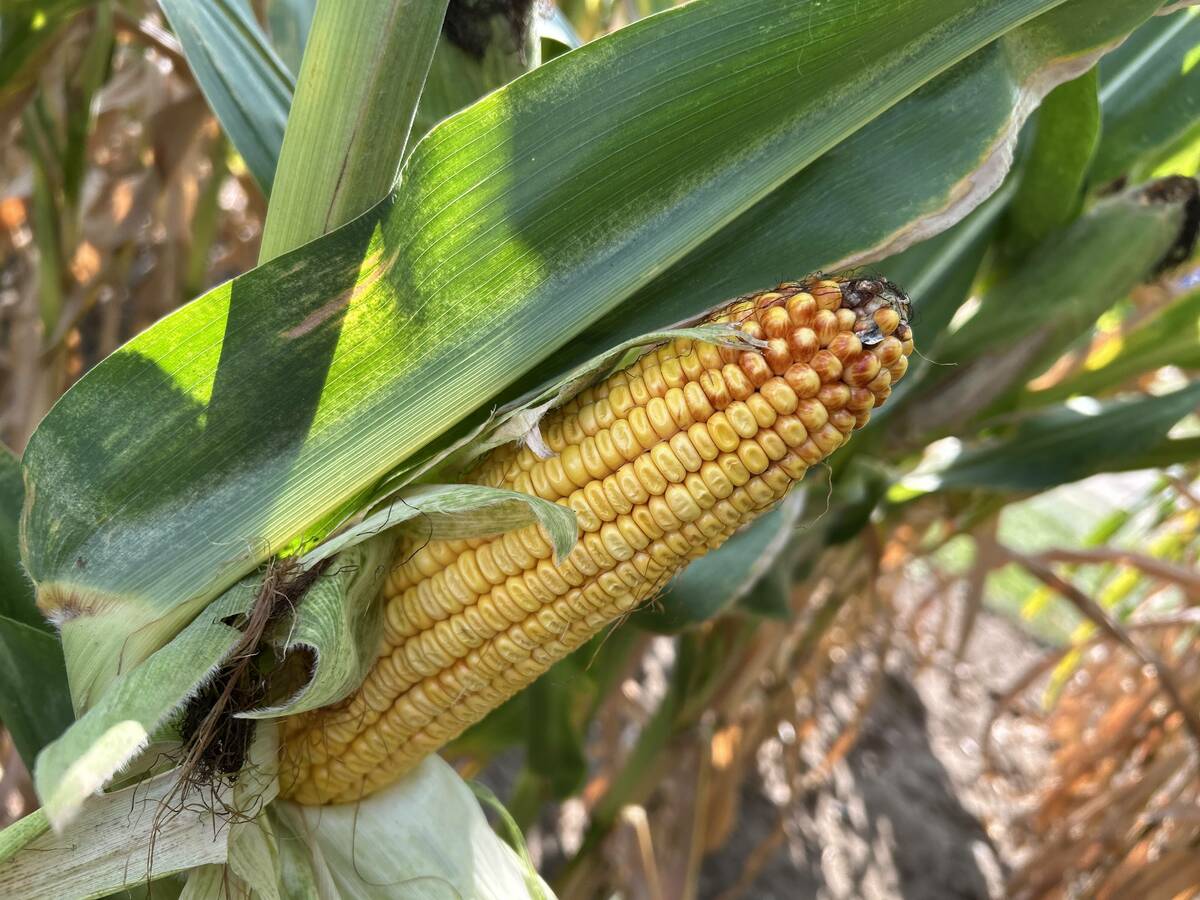One of the latest trends in biotechnology could soon be coming to a field near you.
Growers worldwide seeded 25 million acres of genetically modified crops containing stacked traits in 2005 – a 49 percent increase over 2004 levels – making it the fastest growing segment of agricultural biotechnology.
Crops with two or three different GM traits were grown in the United States, Canada, Australia, Mexico and South Africa and accounted for 10 percent of global GM acreage in 2005, according to a report by the International Service for the Acquisition of Agri-Biotech Applications.
Read Also

Crop estimates show mixed results
Model-based estimates used by Statistics Canada showed the 2025/26 crop year has seen increases in canola, corn for grain, oats and lentils production while seeing dips in spring wheat, durum wheat, soybeans and barley in comparison to 2024/25.
“These countries could derive significant benefits from deploying stacked products because productivity constraints at the farmer level are related to multiple biotech stresses,” said the ISAAA report.
Farmers in the U.S. planted 94 percent of the stacked trait varieties including the world’s first triple gene crop, a new line of GM corn with resistance to glyphosate herbicide and two insects, the corn borer and corn rootworm.
Canada seeded just over 500,000 acres of corn containing stacked genes for herbicide tolerance and insect resistance in 2005 and it won’t be long before the trend finds its way into GM canola, said Trish Jordan, spokesperson for Monsanto Canada.
The company hopes that by 2010 some of the new gene traits being developed, such as nitrogen use efficiency, drought tolerance or enhanced oil profile, will be stacked on genes for herbicide tolerance to create new lines of canola.
“It would be highly unlikely that Monsanto would introduce a new gene, a new trait, without also having the Roundup Ready capability in there,” said Jordan.
Another product on the horizon for Canadian growers is GM wheat, which the ISAAA reports described as the only staple crop to be denied the advantages of biotechnology.
Report author Clive James predicted that fusarium-resistant wheat will break down the market acceptance barriers that herbicide-tolerant wheat was unable to topple.
“It is a much better fit simply because there are very clear benefits for the consumer in terms of lower levels of a toxin, an issue that really causes a lot of concern.”
Eventually, there will be lines of GM wheat with improved quality profiles and drought tolerance but fusarium-resistant wheat will be the first to be commercialized because of the significant benefits it would offer to farmers and end users, said James.
“I think it will be available in the first five years of the next decade.”
Jordan concurred that GM wheat is inevitable, although she wouldn’t predict which trait would come first.
“At some point in the future there definitely will be biotech wheat,” she said.
Canadian Wheat Board spokesperson Maureen Fitzhenry said although the marketing agency vehemently opposed the introduction of Roundup Ready wheat, it is not fundamentally opposed to biotechnology.
Each new trait should be subject to a thorough cost/benefit analysis and the jury is still out on fusarium resistant wheat.
“Now we’re talking a completely different set of dynamics, aren’t we,” she said. “Suffice it to say that if something was fusarium resistant, it would be worth a very close look because the agronomic advantages of that could not be denied.”
But Fitzhenry stressed the board wouldn’t support the introduction of any GM wheat until a segregation system was in place to keep it separate from conventional varieties.















